Class of 2013.
Inspired by my colleague James after he pictured the beak of a juvenile Bewick's swan turning from pink to yellow, I've decided to go back and catch up on the class of 2013.
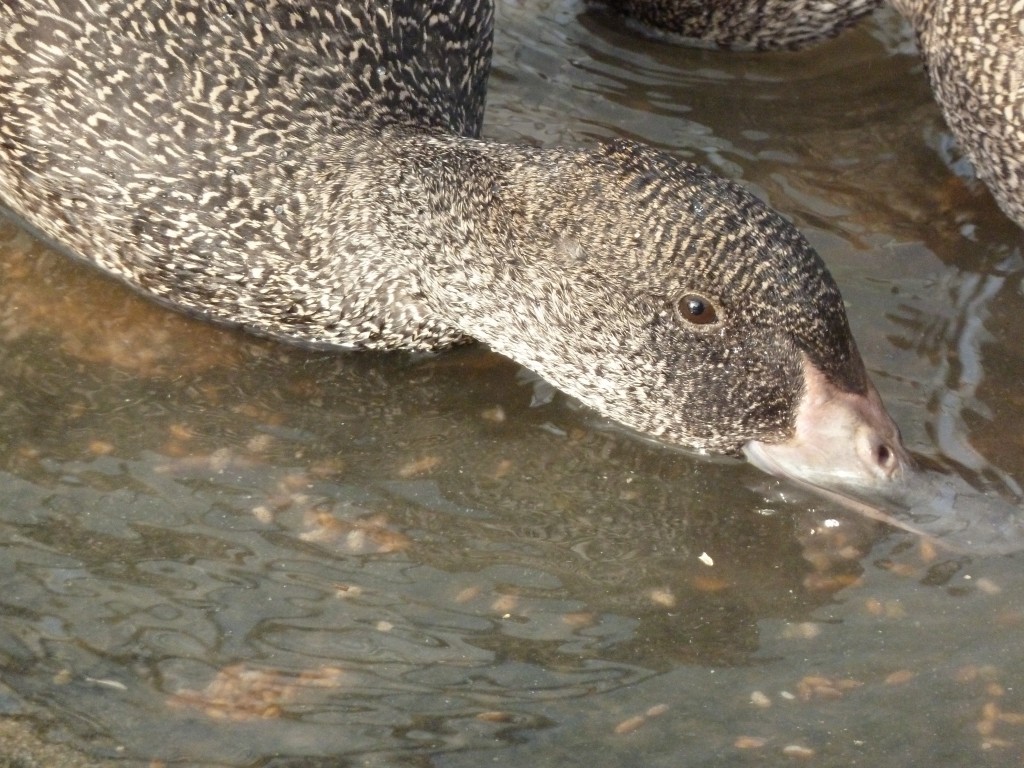
Just look at my baby Frecks! I was so proud of these guys in 2013; in fact they made my year!
These lazy little bottoms are now finally starting to come into colour. The females remain a slightly larger replica of their first ever feather growth (those lovely silver freckles) but the boys begin to change come spring. The male above is beginning to exhibit darker flushes of plumage around his face and breast, and his beak is beginning to tinge that wonderful shade of raspberry of a mature Freck. Whether he manages to go fully scarlet will depend on his hormones and his dominance and popularity within the group. Males than cannot compete at the top of the pecking order will display their subordinate nature with a less showy beak, and tend to keep out of the mating game...
Dominance can chop and change throughout the year, because staying at the top of their game can be pretty hard work! Being an Aussie, the Freckled duck is able breed in the UK almost all year round because their biggest stimulus to breed appears to be rainfall (lucky old England...) The males become almost completely addicted to their courtship behaviours, and in order to get noticed will literally follow the females everywhere. In order to escape attwntion, the females drift around all day, with the boys following on in a near constant state of excitement. When the females feel that they are in a good physical condition to lay they will copulate, build a nest, and begin to lay up to 8 creamy eggs. I am uncertain whether they are monogamous. I have a hunch that in one of the breeding aviaries, both males are equal and may both be involved in the fertilisation of the females. This allows a nice genetic mix and maximises diversity in theory, excepting I can't know that both males are equally represented.
Whilst in the aviaries on Tuesday, I saw a male Freck tugging away at the phragmites, re-doing last year's breeding platforms. I have never seen this before, and had previously thought that male Freckled ducks did absolutely nothing to help the female. Maybe then being a boy can be hard work in the Freckled duck world? I wonder whether the dominant birds wax and wane and recycle throughout the year. Freckled ducks definitely breed best with a bit of friendly competition. Our best breeding group is of a 2:3 ratio, and the competition between males keeps the group breeding momentum high.
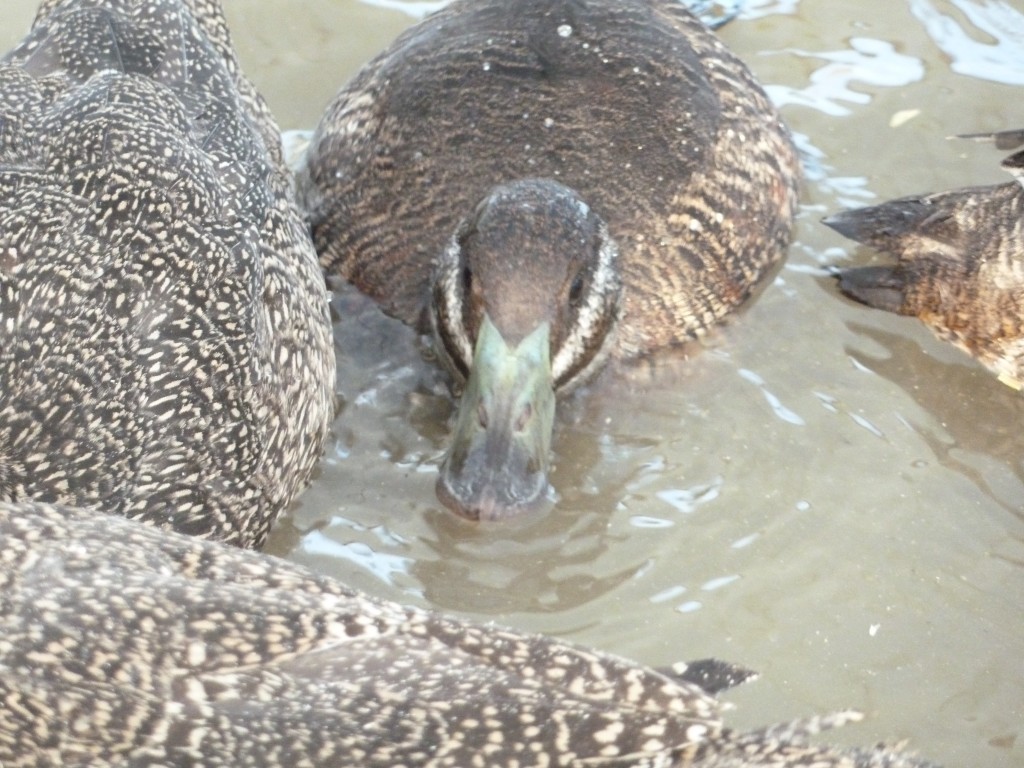
Argentine ruddy ducks take a while to mature. We tend to let all of the stifftail species have a 2 year "hardening off period" in order to fully fatten and mature. They tend not to come into full colour until their third spring, and into sexual maturity until the fourth. Most of the time they are given prime water quality and maximum space; these guys are delicate! Their natures however are not, and we will have to keep an eye on them so as to separate off aggressive birds when their hormones start to flood in. This 2013 male is starting to colour up in the beak at just 6 months of age, and on his breast, if you squint, you can just about observe the gorgeous auburn colour of his adult plumage peeking through. This young male will spend the rest of the year in a variety of different plumage changes; otherwise known as the spotty teenage years! In rare cases, when competition between males is very high, the males are often witnessed colouring up early so as to compete for females. Whilst this proves positive for future breeding desire, it does not necessarily prove positive for juvenile growth as they can spend more time showing off than fattening up. In these cases we use our observed discretion in separating up species groups into appropriate sex ratios. Who said that getting them fully grown was the end of the breeding challenge?!
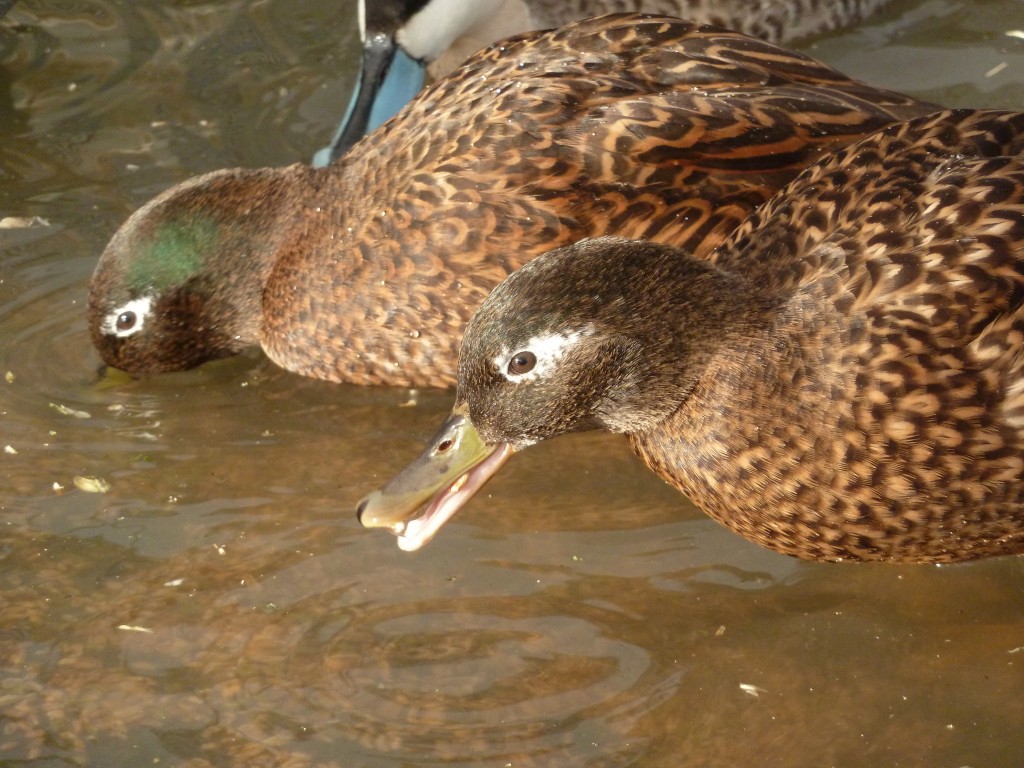
Laysan teal however wouldn't hurt a fly. These sweet little ducks originate from Laysan island, a tiny island in a Pacific island chain(see previous posts for details). They have very few desires, except to happily dabble around in large groups, with a near constant air of cheeriness. The male (behind) is now fully identifiable due to the lovely flash of green on his scalp and around the eye. Other than a minor size difference, this is the only sexual identifier for these pretty little ducks. It's lovely to see those cheeky faces in their adult form. As these birds age, their white eye splodge can often swell until it nearly covers the whole scalp. Their beaks will often freckle too. These two however are in the prime of life.
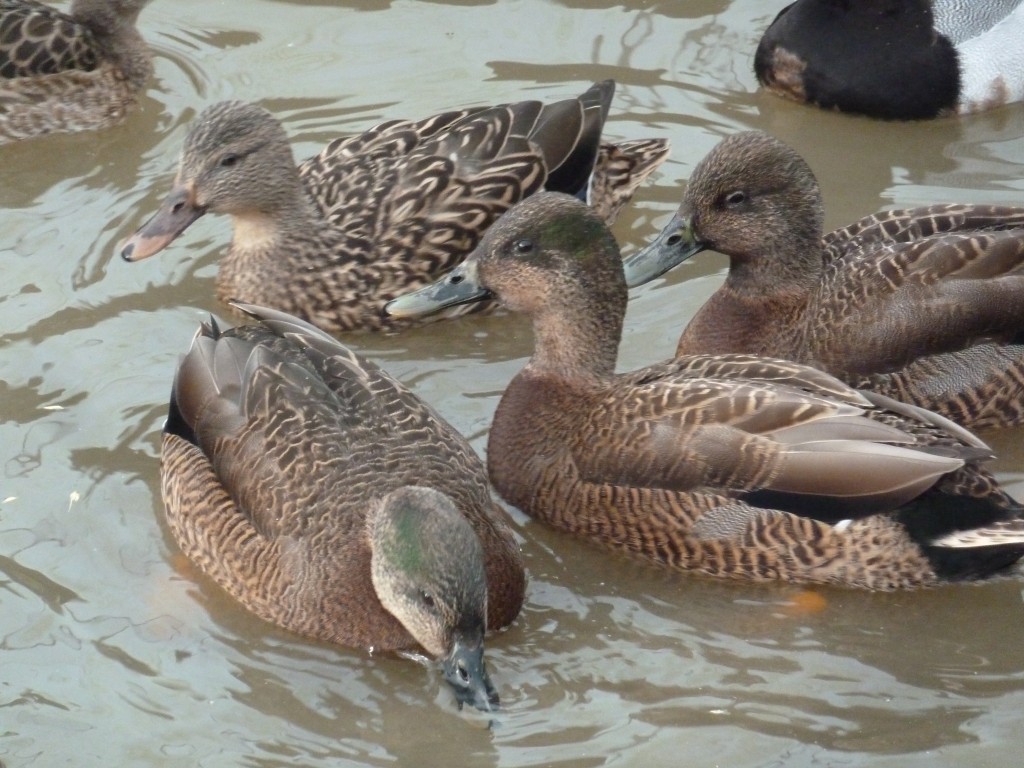
Hawaiian duck or Koloa are rare in their pure form in captivity. As with the Laysan above and all the small island endemics, hybridisation with the common Mallard is a near constant threat to their survival. Thankfully this little group appear to be pure. The males exhibit a wonderful range of plumage types in their teenages years, with spotted rumps, stripey flanks and rich dappled breasts. The tips of their beaks turn green, and they develop a shadowed green iridescence on their heads, but only ever above and behind the eye. A stripe is visible across the eye but only ever behind it, never before.
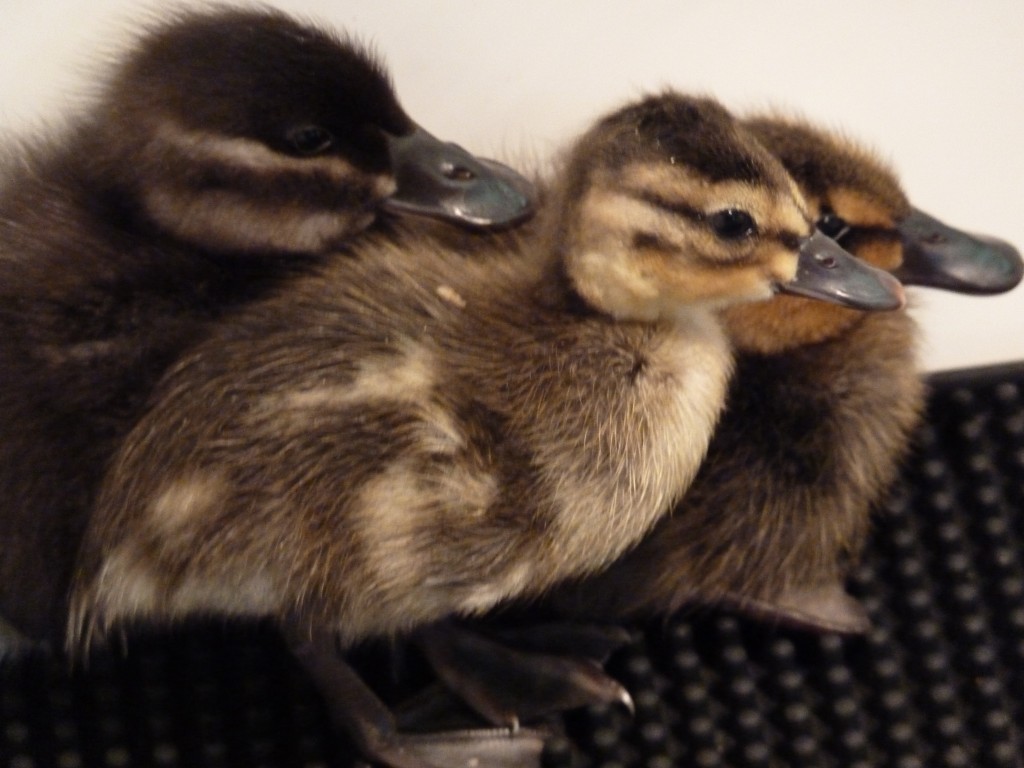
The most telling Koloa characteristic however is the head and beak shape, which is identifiable from the very point of hatch. If they were mallards made out of putty, it looks like someone just pulled the beak away from the face without filling in the cheeks. A Koloa looks like a child which has eaten a very sour sweetie. Their beaks are the same width from gape to tip, and their foreheads ascend in an even, shallow, sloping manner. Besides the Canvasback, no other duck has such a distinct brow.
How lovely then, to see these lovely birds coming into their own.

